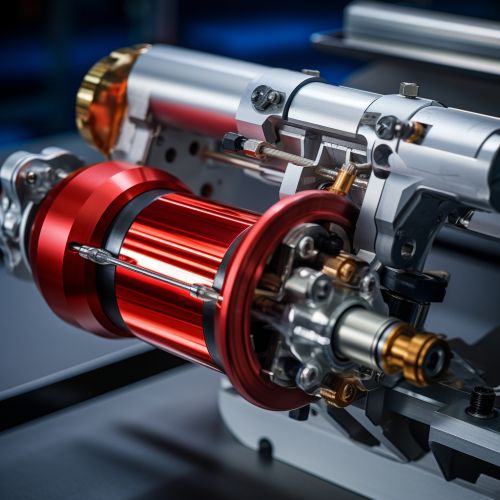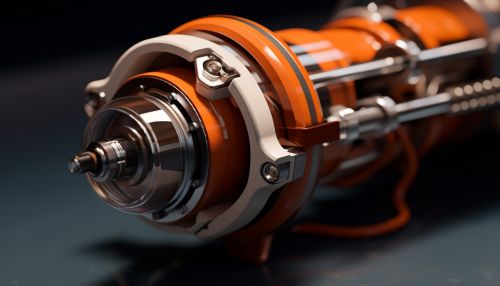Muscle-inspired Actuators
Introduction
Muscle-inspired actuators are a class of actuators that mimic the properties and functionalities of natural muscles. These actuators are designed to reproduce the ability of muscles to contract and expand in response to stimuli, providing a high degree of flexibility and adaptability. The development and study of muscle-inspired actuators is a multidisciplinary field, involving the principles of biomechanics, materials science, and robotics.


Types of Muscle-Inspired Actuators
There are several types of muscle-inspired actuators, each with unique characteristics and applications. These include:
Shape Memory Alloy Actuators
Shape memory alloy (SMA) actuators are made from alloys that can return to their original shape after being deformed, similar to the way muscles can return to their resting state after contracting. SMAs can be used in a variety of applications, from medical devices to aerospace engineering.
Dielectric Elastomer Actuators
Dielectric elastomer actuators (DEAs) are made from a type of polymer that changes shape when an electric field is applied. DEAs are lightweight, flexible, and can produce large strains, making them ideal for applications where weight and flexibility are important.
Ionic Polymer-Metal Composite Actuators
Ionic polymer-metal composite (IPMC) actuators are made from a type of polymer that can bend and flex when an electric field is applied. IPMCs are often used in underwater robotics due to their ability to mimic the movements of aquatic creatures.
Design Principles
The design of muscle-inspired actuators is based on the principles of biomechanics and materials science. These principles guide the selection of materials and the design of the actuator's structure to achieve the desired performance characteristics.
Biomechanics
The principles of biomechanics guide the design of muscle-inspired actuators by providing insights into how natural muscles function. This includes understanding the mechanisms of muscle contraction and relaxation, as well as the structural properties of muscle tissue.
Materials Science
Materials science plays a crucial role in the design of muscle-inspired actuators. The choice of material determines the actuator's properties, such as its ability to contract and expand, its durability, and its response to stimuli.
Applications
Muscle-inspired actuators have a wide range of applications, from medical devices to robotics.
Medical Devices
In the field of medical devices, muscle-inspired actuators can be used in prosthetics and orthotics to mimic the function of natural muscles. They can also be used in surgical robots to provide precise control over surgical instruments.
Robotics
In robotics, muscle-inspired actuators can be used to create robots with a high degree of flexibility and adaptability. This can be particularly useful in applications such as search and rescue, where robots need to navigate through complex environments.
Aerospace Engineering
In aerospace engineering, muscle-inspired actuators can be used in the design of aircraft and spacecraft components. Their ability to change shape in response to stimuli can be used to create adaptive structures that can adjust to changing conditions.
Future Directions
The field of muscle-inspired actuators is continually evolving, with ongoing research aimed at improving the performance and capabilities of these devices. Future directions in this field may include the development of new materials and designs, as well as the integration of muscle-inspired actuators with other technologies, such as sensors and control systems.
